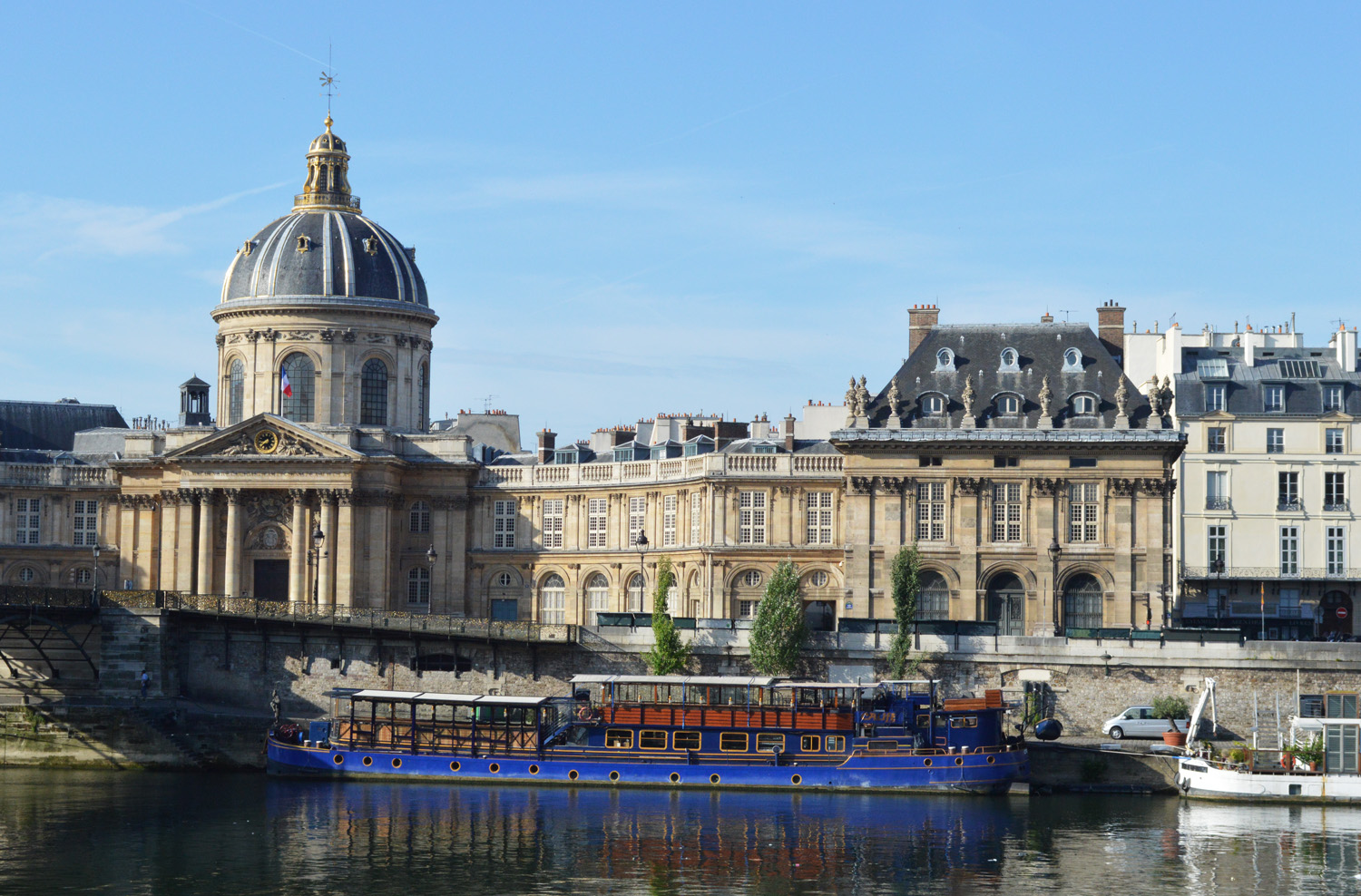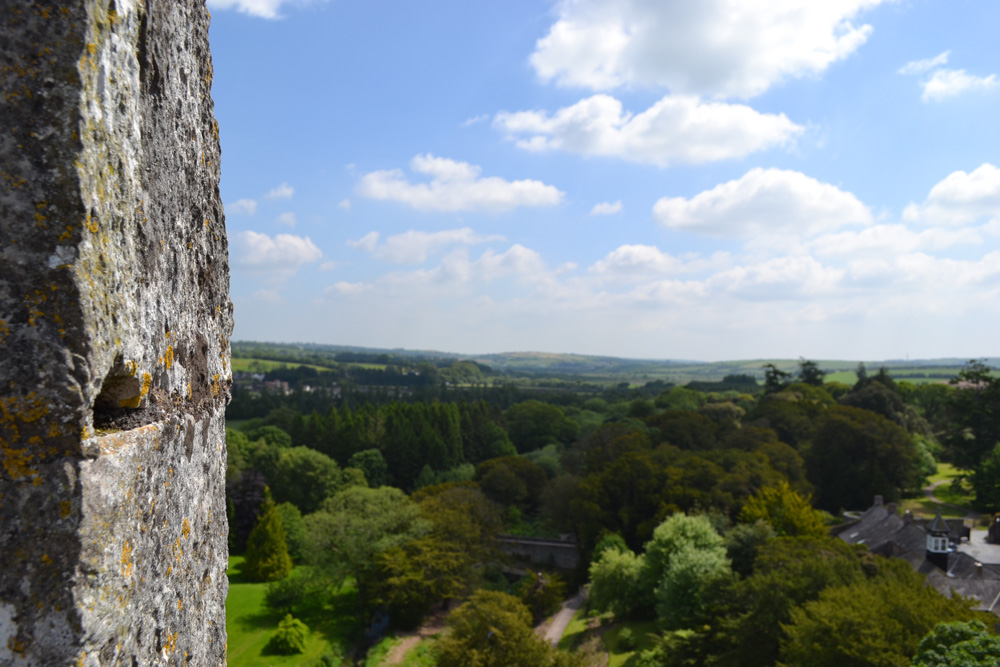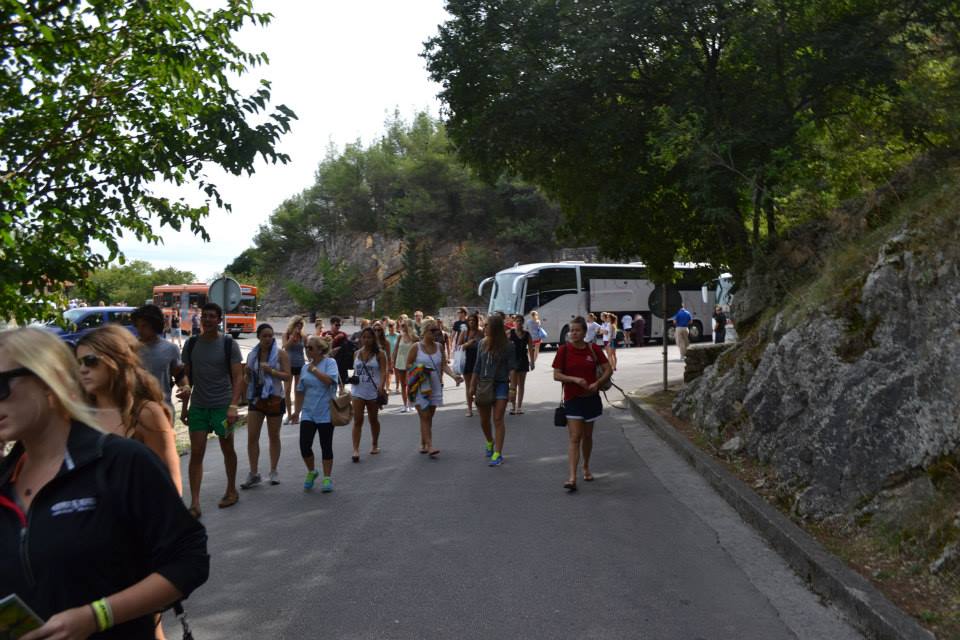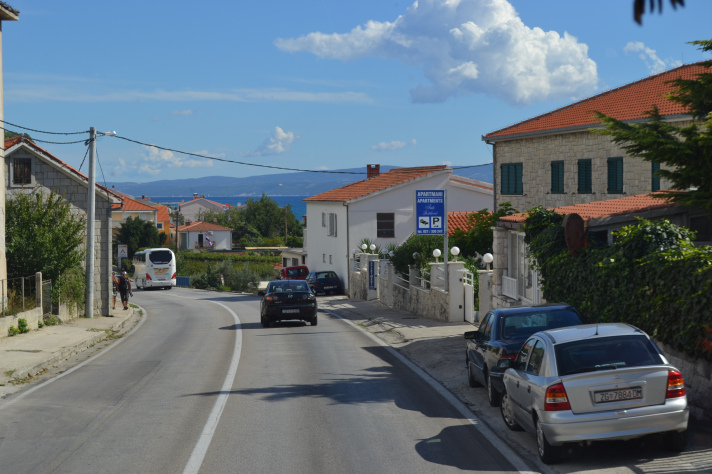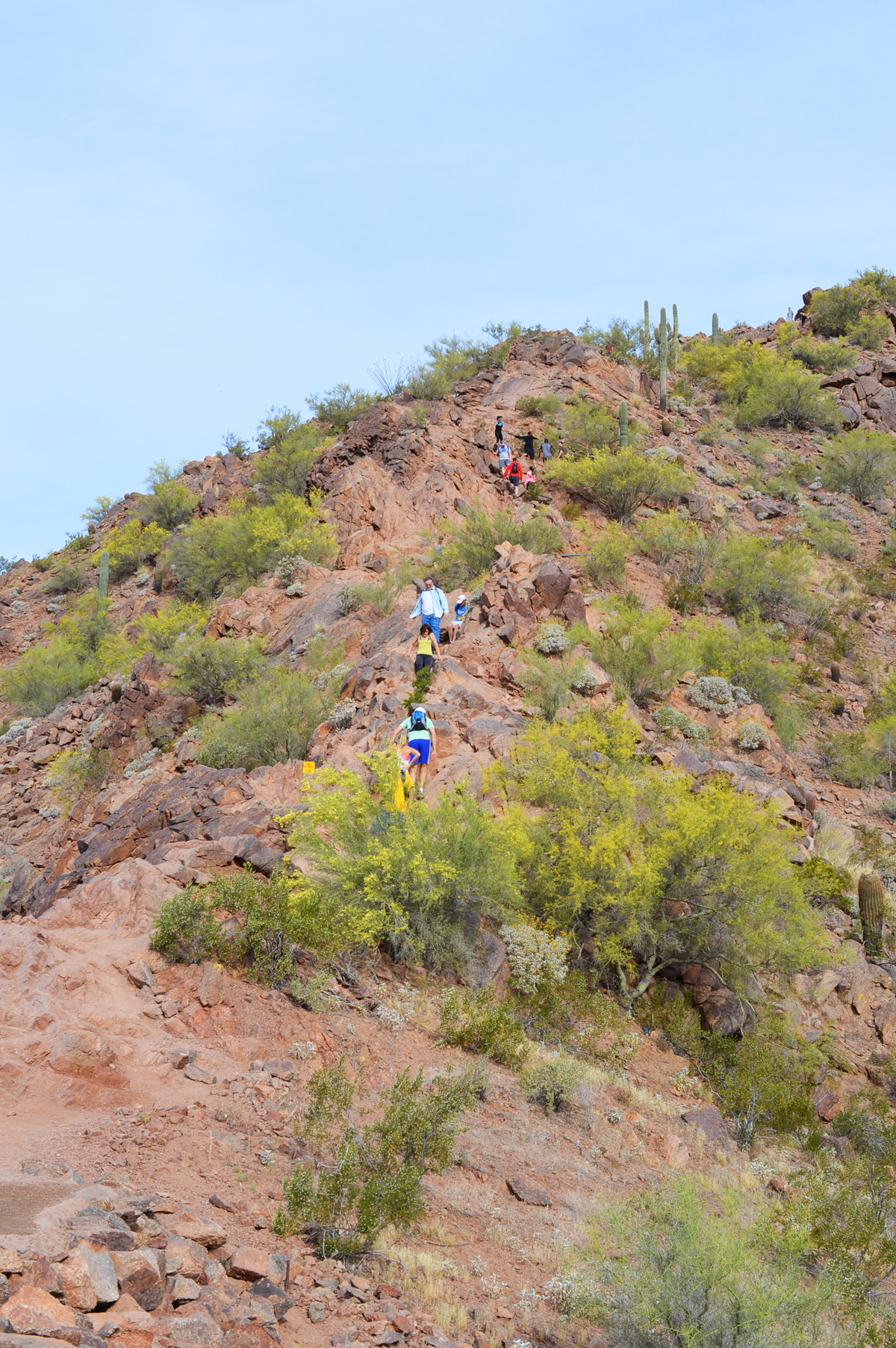 Coming from the Pacific Northwest, hiking in the Arizona desert is a completely different experience. Arizona was definitely a scene change for me. Lush forests with thousands of evergreen trees on treks through the Cascades were replaced by big piles of rocks with a few cacti thrown in. Jokes aside, hiking in Phoenix is very beautiful, especially once you realize that it's going to be very different from a traditional forest setting. Plus, absolutely perfect weather in the springtime is the cherry on top.
Coming from the Pacific Northwest, hiking in the Arizona desert is a completely different experience. Arizona was definitely a scene change for me. Lush forests with thousands of evergreen trees on treks through the Cascades were replaced by big piles of rocks with a few cacti thrown in. Jokes aside, hiking in Phoenix is very beautiful, especially once you realize that it's going to be very different from a traditional forest setting. Plus, absolutely perfect weather in the springtime is the cherry on top.
Last weekend a friend and I hiked Camelback Mountain, the most popular mountain to hike in the Phoenix area.
The weather: Mid-April, low 70s in the morning, mid-80s around noon, clear skies and sunny
The trail: Cholla. There are two trails to choose from: Cholla and Echo Canyon. Since neither of us had hiked the mountain prior, a friend suggested we start with the Cholla Trail, which is a more moderate route (unlike Echo, which is known for its intensity and difficulty).
Time: A little over two hours round trip, including time to stop and take photos/rest at the top (plus 15 min. walk each way to get to/from our cars).
Hiking Camelback Mountain For The First Time

We arrived in the trail area around 7:00 am. The skies were starting to clear and the weather was in the low 70s; very comfortable for 7:00 am. We parallel parked on Invergordon (64th Street) quite far down the road since there were plenty of early risers that beat us to it.
The trail was simple to start. The path is somewhat wide and smooth. Once we started to increase in elevation, the trail started to get rockier and there was more "fancy footwork" to be done.
As someone who's not an experienced hiker by any means, I will say that while I started to feel a little more of a workout at this point, it was still fairly easy. We kept going and stopped at the first viewpoint to take photos. Downtown Phoenix looked so small!

After this section was complete, next came the infamous rock climbing portion. I had heard from numerous other people that you have to "legit rock climb to get to the top." (Before I had left that morning, I idly thought about bringing my rock climbing shoes from when I used to take climbing classes. I obviously didn't though. Ha!)
The thought of rock climbing slightly freaked me out, but when I saw that there were numerous jagged edges and pieces of rocks to hold onto - and that it wasn't literally a vertical slab of rock (it's at a slight angle) - my nerves ceased. Don't get me wrong - it's still pretty vertical, but not where you'd need ropes and a harness.

I really enjoyed the "climbing" part of the hike, and before we knew it, we were at the top. Once there, we took in the views of the valley and snapped a few photos to celebrate our effort up the mountain.
On the way down we realized the importance of hiking shoes. Both of us were in Nikes, which were fine, though the trail is well-worn and the gravel made it slippery. We had a few moments where we almost fell, but even if we had fallen, it probably would've only amounted to a few scrapes and bruises.

Tips For Hiking Camelback Mountain
Start with Cholla
I haven't done the other trail, though from countless stories from friends (and reviews on TripAdvisor and Yelp), Cholla is the best one to start out with. It's not a walk in the park, but it doesn't require the expertise that Echo does.
Go early in the morning, and be careful depending on the time of year
Spring in the rest of the Northern Hemisphere is actually summer in Phoenix. Starting the hike a little after sunrise in April was the perfect temperature - comfortably warm and not too hot. Since it's snowbird season the trail was a little crowded but it was still enjoyable. Also, the earlier you get there, the better chance you have at getting a closer parking spot.
When I first moved to Phoenix last July, I looked into hiking Camelback and was reading Yelp reviews. The reviews read more like warnings: many were saying that people can have heatstroke, pass out, or even die from the heat in the summer. The desert temperatures rise well over the 100s in the "true" summer months, so please be careful if you consider hiking during that time of year.

Wear hiking or sturdy athletic shoes
While the Cholla Trail is more of a moderate hike, you'll be making a mistake if you try to do it in flip flops. The path begins to get rocky about 1/3 of the way up, and sandals would definitely slide off in the last portion toward the top. On the way down it gets a little slipperier with loose gravel.
Bring - and drink - water
This is a given for any physical activity, but considering the heat is dry and not humid, you may forget to hydrate as you move along. I used my Nalgene water bottle which came in handy as I attached the handle onto my backpack when I needed to use both hands for the climbing portion.

Overall, my first experience hiking Camelback was a very positive one. It was a beautiful day, the weather was perfect, and it was just enough of a good workout without being brutal. I'd definitely return to try this trail again, or even work my way up to Echo Canyon.




















